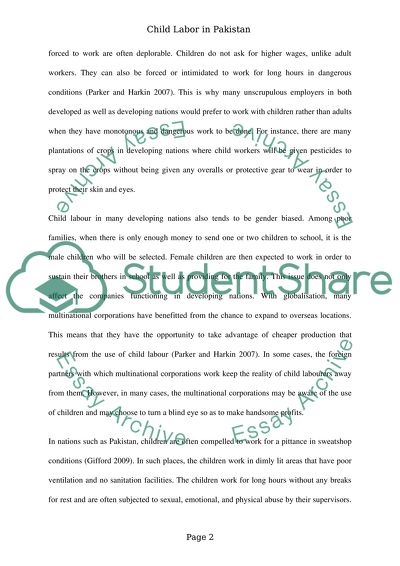Cite this document
(The World of Child Labor Assignment Example | Topics and Well Written Essays - 2750 words, n.d.)
The World of Child Labor Assignment Example | Topics and Well Written Essays - 2750 words. Retrieved from https://studentshare.org/social-science/1492734-child-labour-in-pakistan-business-ethics
The World of Child Labor Assignment Example | Topics and Well Written Essays - 2750 words. Retrieved from https://studentshare.org/social-science/1492734-child-labour-in-pakistan-business-ethics
(The World of Child Labor Assignment Example | Topics and Well Written Essays - 2750 Words)
The World of Child Labor Assignment Example | Topics and Well Written Essays - 2750 Words. https://studentshare.org/social-science/1492734-child-labour-in-pakistan-business-ethics.
The World of Child Labor Assignment Example | Topics and Well Written Essays - 2750 Words. https://studentshare.org/social-science/1492734-child-labour-in-pakistan-business-ethics.
“The World of Child Labor Assignment Example | Topics and Well Written Essays - 2750 Words”, n.d. https://studentshare.org/social-science/1492734-child-labour-in-pakistan-business-ethics.


